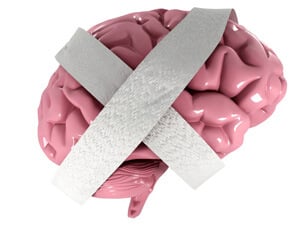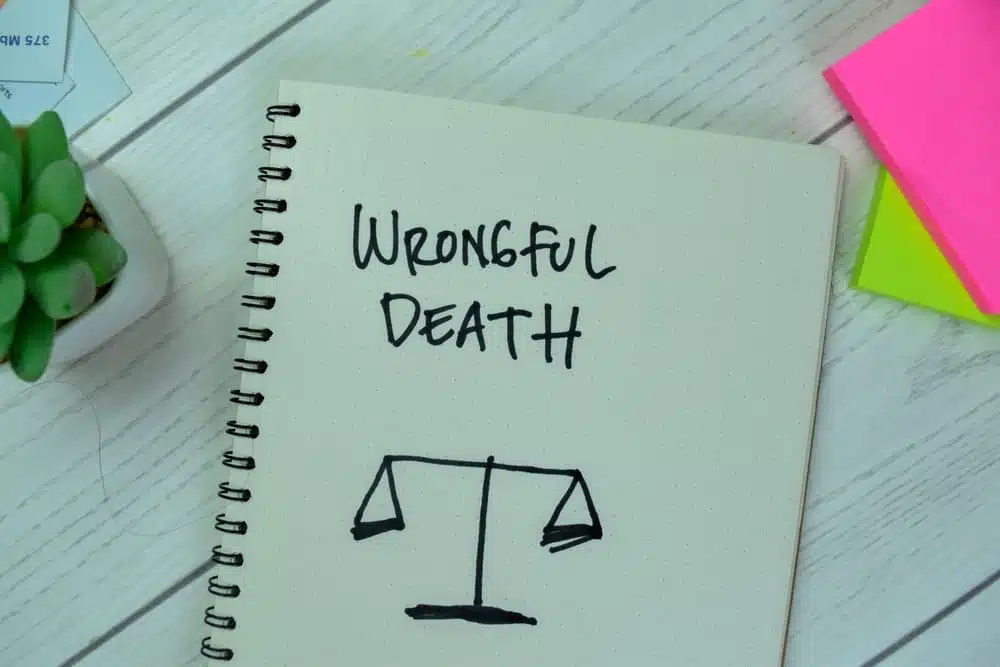
Three Recent Advances in Skull Implants, Blood Clots, and Oxygen Treatment Bring Hope
Traumatic Brain Injury (TBI) is a condition that 1.7 million Americans suffer from every year. Head traumas may affect a person’s cognitive abilities, sensation, language skills, and emotional well-being. The repercussions of a TBI can be truly life-changing for the victim and his or her family. Fortunately, researchers have explored new treatments in recent months, which give hope to the millions of people affected by this condition.
Researchers at the University of California have developed a new approach to brain laser treatment. While laser treatment itself has been a form of treatment for quite some time, the ability to use it has been severely limited by the thickness of the human skull. Since most lasers cannot penetrate the skull, a craniectomy, removing a section of the skull, is necessary to allow access to the brain. These researchers have introduced a new skull implant made from yttria-stabilized zirconia (YSZ). This transparent substance is the same material used in hip implants and dental crowns. YSZ’s transparent quality allows doctors to apply laser treatment without repeated invasive craniectomies.
Past attempts have been made to develop transparent skull implants. However, those implants were usually made of glass, which is a much more fragile substance. The glass implants put patients at risk, in the event that the glass implants could potentially break and cause severe internal injury. Additionally, the fragility of the glass necessitated the use of very conspicuous protective head gear, which many patients were uncomfortable wearing. This YSZ implant is thus a safer and more patient-friendly implant for laser treatment.
Another new strategy in treating TBI has been trailblazed by scientists at the University of Missouri. One of the possible complications of TBI is the increased risk for developing dangerous blood clots which can form in the circulatory system in the body and break loose and travel to the lungs or other organs. The increased risk of developing blood clots was particularly challenging to treat in TBI patients, since traditional blood thinners - while reducing the risk of a blood clot- also raised the possibility of increasing the risk of internal brain hemorrhaging. This new study has demonstrated that the preventive use of blood thinners significantly reduced the number of incidents of blood clots in individuals who suffered a traumatic brain injury, without increasing the risk of bleeding inside the brain. Therefore, the study conclusive shows that contrary to the original theory that blood thinners would cause increased bleeding in the brain- use of traditional blood thinners can in fact be administered to TBI patients, because they do not increase the risk of brain hemorrhage.
The study analyzed data based on 236 patients. 107 patients were not given blood thinners, while 129 were treated with blood thinners. The doctors found that of the 107 patients who did not take the blood thinners, 6 of them experienced blood clots and 3 experienced bleeding in the brain. Of the 129 patients who did take the blood thinner, none of them experienced blood clots, and only one experienced bleeding in the brain. This study has the potential to prevent many of these potentially life-threatening blood clot scenarios.
A third exciting innovation in TBI treatment has emerged out of the University of Tel Aviv. Scientists there have pioneered a new way of treating TBI, which could have very beneficial outcomes even for patients who suffered their head trauma many years ago. Typically, in cases of brain injury, brain tissue is severely damaged. Some brain cells, in order to survive, shift from aerobic to anaerobic modes, i.e. they cease to require oxygen in order to metabolize. Though this innate biological safety mechanism allows the cells to maintain a basic level of survival, the lack of oxygen prevents them from functioning at full capacity, leading to cognitive and physical disabilities.
Researchers discovered that under the right circumstances, exposing the brain to higher density levels of oxygen allowed those anaerobic cells to revert to aerobic metabolism, thereby significantly increasing brain functionality. The treatment, called Hyperbaric Oxygen Treatment (HBOT), led to improvement in a number of different brain-related functionalities. For example, one patient regained his ability to lift limbs and to engage in activities that required fine motor skills that he had lost. In addition, he was able to complete sentences, a cognitive-linguistic skill that he was unable to master following his trauma.
Law and Traumatic Brain Injury
Congress passed the Traumatic Brain Injury Act of 1996 to advance research surrounding the causes and treatments of TBIs, as well as programs connected to education, surveillance, and prevention for these serious injuries. The Traumatic Brain Injury Act of 2008 reauthorized the TBI Act of 1996, providing funding for brain injury programs administered through the U.S. Department of Health and Human Services and the Centers for Disease Control and Prevention.
Specifically, the Act requires:
- Reporting system for TBIs;
- Research for prevention of TBIs;
- Implementation of public awareness and education programs;
- Technical assistance for entities that provide services to reduce the risk of TBIs; and
- Congressional report detailing the incidence and prevalence of TBIs.
Traumatic brain injuries are recognized as a serious public health issue that can occur in many different ways, such as car crashes, slip and fall accidents, and even as a result of sports activity. Brain injuries can range from mild to severe. In some cases, victims may be eligible to seek compensation for their injuries. If you have suffered a traumatic brain injury, you should contact a brain injury lawyer to understand your rights and to determine if you are eligible for compensation.



